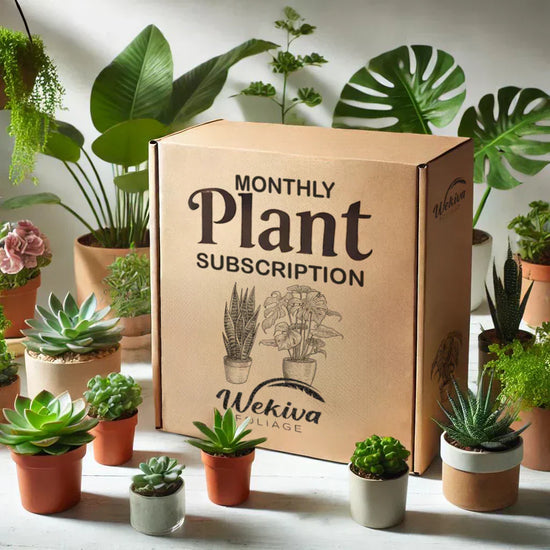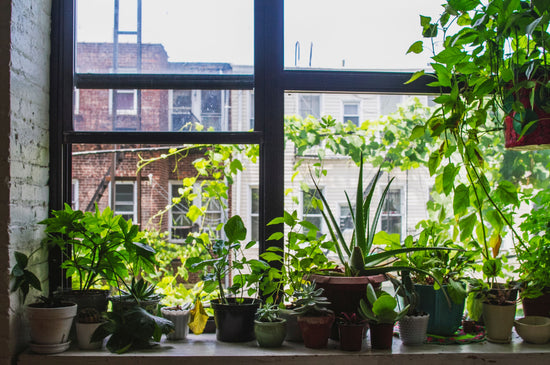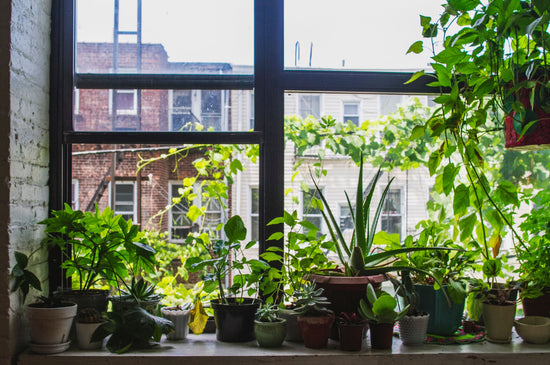The Untold Story of Florida Citrus: How to Cultivate Your Orchard Like a Pro
Florida's citrus industry has been a symbol of the state's rich agricultural heritage for centuries. With its unique climate, sandy soils, and long growing seasons, Florida is a haven for citrus enthusiasts. Whether you're a seasoned grower or a beginner, cultivating a thriving citrus orchard requires knowledge, care, and strategic planning. This comprehensive guide covers everything you need to know to grow citrus trees like a pro.
The Ideal Citrus Varieties for Florida
Selecting the right citrus trees for Florida’s climate is crucial. The state’s hot, humid summers and mild winters create perfect conditions for a wide variety of citrus, but some perform exceptionally well.
- Meyer Lemon Tree: Known for its sweet and tangy flavor, this hybrid lemon tree thrives in Florida’s conditions. Shop Meyer Lemon Trees.
- Calamondin Orange Tree: A compact, ornamental tree with tart fruit, perfect for cooking and beverages. Explore Calamondin Trees.
- Persian Lime Tree: Popular for its seedless fruit and versatility in culinary applications.
- Australian Finger Lime Tree: Exotic and unique, this variety produces finger-shaped fruit filled with tangy juice vesicles.
Preparing Your Orchard for Success
Creating an environment where citrus trees can thrive begins with site preparation.
-
Site Selection
Choose a location that receives at least six to eight hours of direct sunlight daily. Avoid low-lying areas prone to flooding, as citrus roots are sensitive to standing water. -
Soil Preparation
Citrus trees prefer well-draining, sandy soil with a pH between 5.5 and 6.5. Test your soil and amend it with organic matter or lime to achieve optimal conditions. -
Spacing and Layout
Allow adequate spacing between trees to ensure good air circulation and reduce the risk of pests and diseases. For most varieties, maintain a distance of 15-25 feet between trees.
Planting Techniques for Healthy Growth
Proper planting sets the foundation for a productive citrus tree.
- Dig the Right Hole: Make the planting hole twice as wide as the root ball but no deeper than its height.
- Position the Tree: Ensure the root flare is just above ground level to prevent rot.
- Mulch Smartly: Apply a 2-3 inch layer of mulch around the base, keeping it a few inches away from the trunk.
Essential Care Practices for Citrus Trees
Routine care is critical to maintaining the health and productivity of your orchard.
-
Watering
Young trees require consistent watering during the first year. Water 2-3 times a week, ensuring the soil remains moist but not waterlogged. Established trees benefit from deep watering once a week. -
Fertilizing
Feed your citrus trees with a balanced citrus fertilizer every six weeks during the growing season. Look for fertilizers containing nitrogen, potassium, and micronutrients like magnesium and zinc. -
Pruning
Remove dead, damaged, or diseased branches annually. Prune suckers and maintain a manageable canopy to promote airflow and sunlight penetration.
Managing Pests and Diseases
Florida’s warm climate is ideal for citrus but also attracts pests and diseases. Here's how to protect your trees:
-
Citrus Greening
This devastating disease, caused by the Asian citrus psyllid, affects fruit quality and tree health. Use neem oil and insecticidal sprays to manage psyllids. -
Aphids and Scale Insects
Treat these common pests with horticultural oils or insecticidal soaps. -
Root Rot
Prevent fungal infections by ensuring proper drainage and avoiding overwatering.
Harvesting Citrus for Maximum Flavor
Citrus fruit doesn’t ripen after being picked, so harvest only when fully mature. Look for vibrant color, slight softness, and a sweet aroma. Store fruit in a cool, dry place or refrigerate to extend its shelf life.
Expanding Your Orchard with Unique Varieties
Explore rare and exotic citrus varieties to diversify your orchard and enhance its appeal.
- Variegated Pink Eureka Lemon Tree: A visually striking variety with pink-fleshed fruit. Shop Pink Eureka Lemon Trees.
- Cocktail Tree (Lemon and Lime): This tree produces both lemons and limes, making it a versatile addition. Explore Cocktail Trees.
Conclusion
By understanding Florida’s unique growing conditions and implementing these expert tips, you can create a flourishing citrus orchard that produces bountiful harvests year after year. Whether you’re growing Meyer lemons, calamondins, or exotic varieties, the key is consistent care, preparation, and adaptation.
FAQ
1. Can I grow citrus trees in containers?
Yes, citrus trees like Meyer Lemon and Calamondin Orange thrive in containers as long as they have adequate drainage and sunlight.
2. How do I prevent pests on my citrus trees?
Use neem oil or horticultural sprays to manage common pests like aphids and scale insects. Regularly inspect trees for signs of infestation.
3. What is the best time to plant citrus trees in Florida?
The ideal time is late winter to early spring, allowing roots to establish before the summer heat.
4. How can I improve fruit sweetness?
Consistent watering during the fruiting stage and proper fertilization can enhance sweetness.
5. Which citrus trees are best for beginners?
The Meyer Lemon and Persian Lime are excellent choices for beginners due to their adaptability and ease of care.
Explore Wekiva Foliage’s Fruit Tree Collection to find the perfect citrus trees for your Florida orchard.





